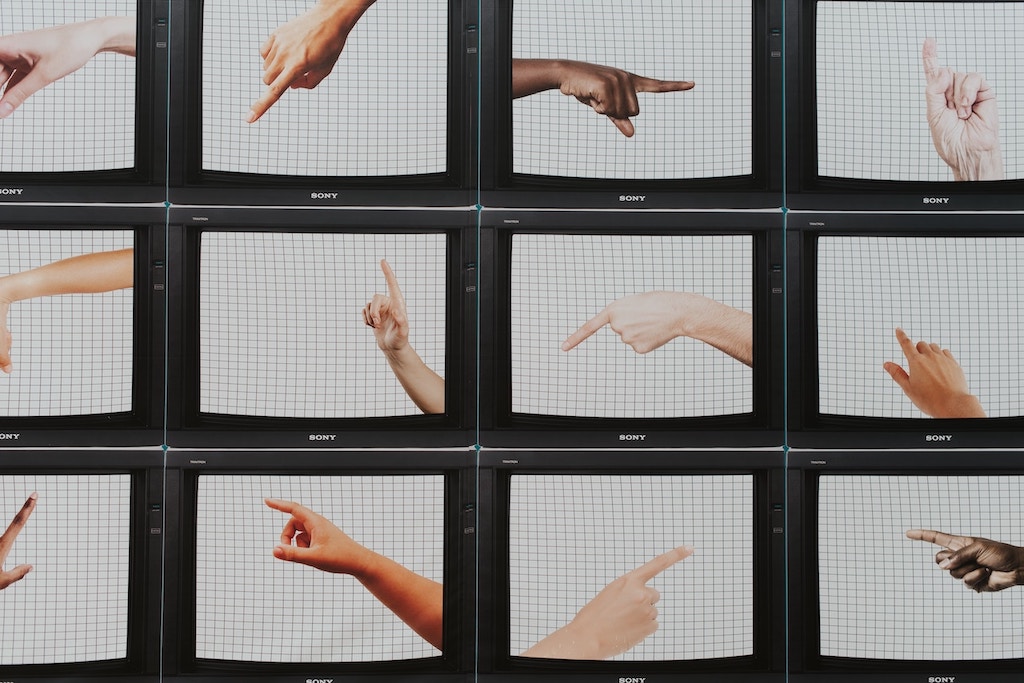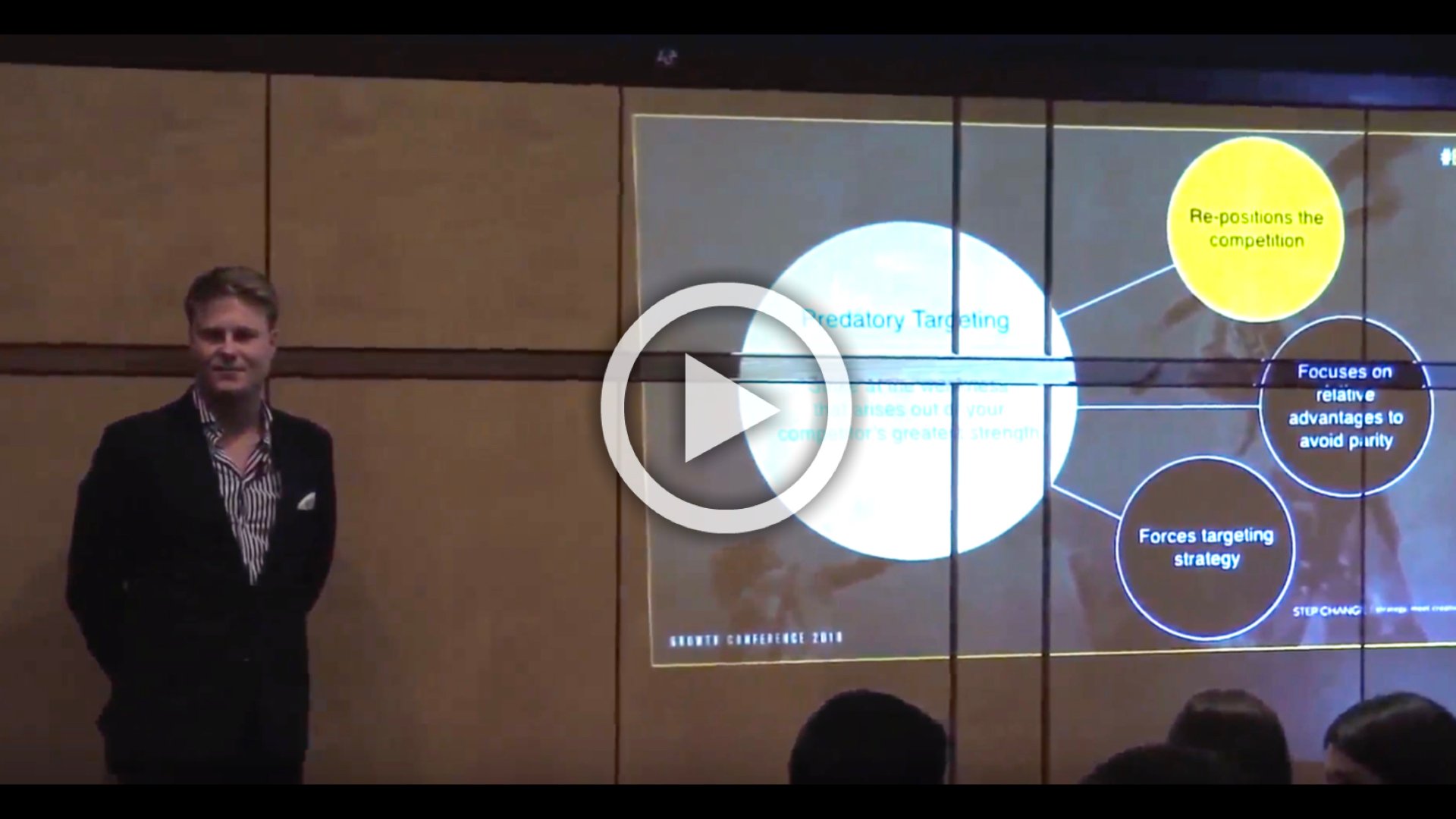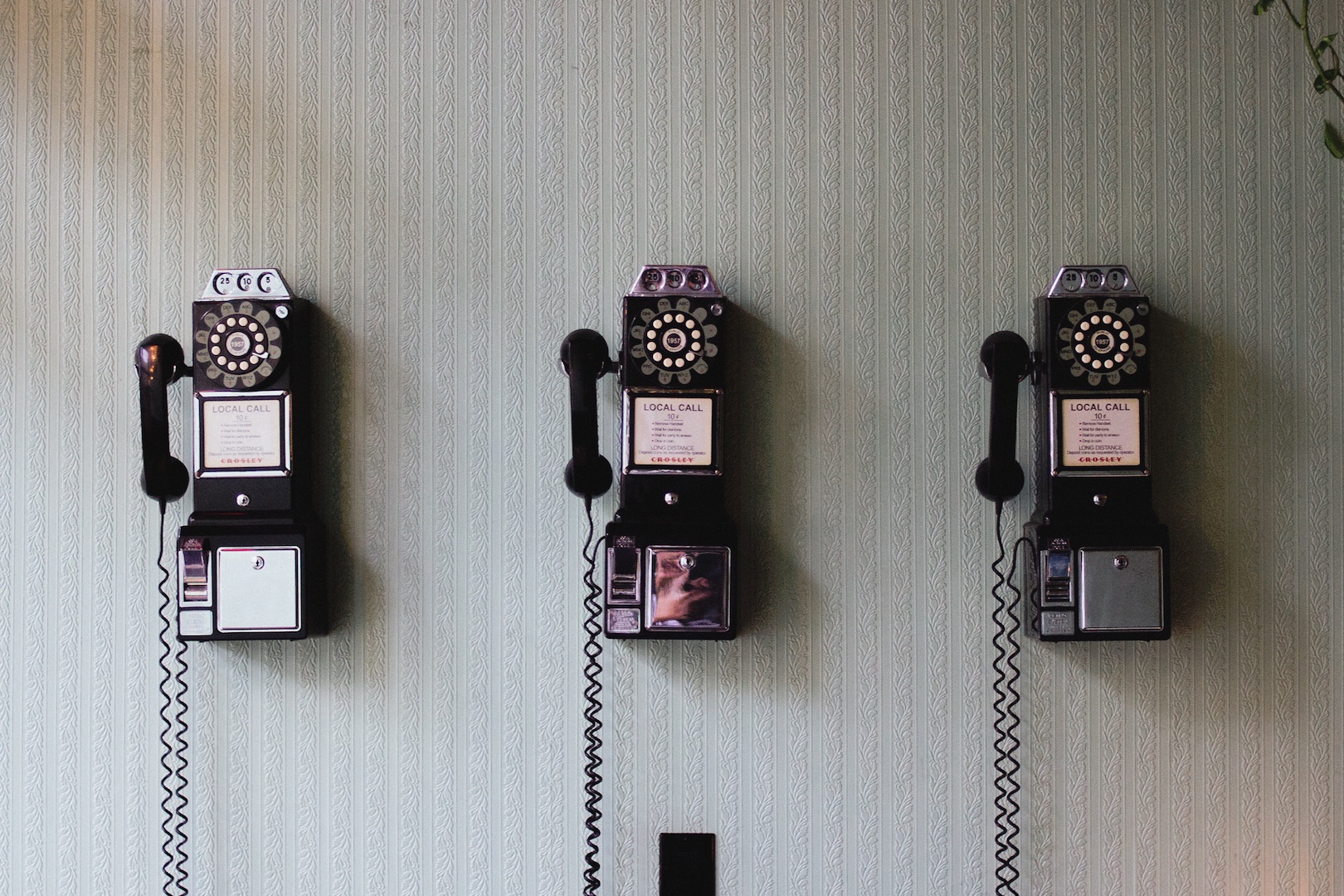This is third in a series of four posts adapted from a Business Brain Food podcast where Jeff Cooper is interviewed by Ben Fewtrell of ActionCoach Business Coaching.
In this episode Jeff continues to share his insights and experiences on how Step Change Marketing used predatory marketing to gain market share from their key competitors and how you as a small or medium business owner can do the same.

In the previous post of this series, 5 steps to a predatory marketing campaign for small business, I showed you the process for creating your own predatory marketing campaign. Today, I’m going to give you some tips on how to market your message.
First of all, I’m going to talk about a couple of campaigns that you may be aware of where predatory marketing was used with great success.
How McDonald’s got outplayed with predatory marketing
If you remember in my previous post I talked about Burger King and their "Have It Your Way” campaign which took them from absolutely nowhere to the overwhelming number two in the world. Well, McDonald's went down the same route of making everything fresh and allowing you to make changes, but they didn't market it very well. They did bring out "Now Made Fresh” but it was actually a complete meltdown for them.
I remember walking past the beautiful Heritage Building on George Street in Sydney, which is now a McDonald's. It's just a lovely nod to where the world's going and the line was out the door. I thought, "Wow, these guys are doing so well." I looked in and thought, "Wow, they're just selling a boatload of burgers in there," until I realised that everyone was kind of prairie-dogging out the side of the line, getting upset, tapping their feet, because they'd never had to wait for McDonald's before.
I think this is one of the beautiful things about predatory marketing - that when you strike at someone else's strength, they can't just go out and change it. In fact, from the first time that "Have It Your Way" was in market, it was actually about 30 years before McDonald's responded. When they did respond, it didn't work very well. It upset some of their customers, and it was basically a systems meltdown for them.
Funnily enough, they've actually moved back to a hybrid model, where in certain periods they make things fresh and other periods they're coming the old‑fashioned way, where they've been premade. Some products are and some products aren't. They basically did that because trying to change the million-page process manual that is McDonald's and all the customer perceptions is just such a massive job.
It's interesting watching the big players, how they play and then how they react when they get outplayed.
How BMW outsmarted Mercedes using predatory marketing
I remember years and years ago an advertisement by Mercedes where the camera started with the whole family sitting at the rear quarter panel of this Mercedes, and as it panned around ... beautiful Swiss Alps somewhere ... to the front of the car there was steam coming out and the bonnet was all smashed in. It came up and said something like, "Thanks to Mercedes' 158 safety points, Mom and Dad and the kids are safe."
It wasn't long after that there was a campaign by BMW. BMW started at the top of the same mountain that was in the background and went down this amazing windy road. Of course, they've always had the slogan of "The Ultimate Driving Experience," so they'd made this whole thing like an action movie where this car wound down this road and sped past the same point where the camera was with the Mercedes, and on the screen, once the BMW was a small dot on the distance, it just said, "Our cars are designed to stay on the road."
It was really clever marketing, but I think you've still got to be careful not to copy other people when you're doing this. Once you've come up with how you're going to be a marketing predator, the next question is, how do you get your message out there?
Advice on how to market your message
The way we look at this is you always optimise your core before you move out. Unfortunately, the myth that has been spread and grown by the advertising and media industry is that you need to go out there and spend money on media to get results.
Now, spending money on media does work and it can be the right answer, but there is so much stuff that we can do within our customer journey to get things right and help our customers refer us, sell for us and come back, that you really want to look at these channels first.
My advice to small business owners is that before you spend $1 on paid advertising, I really urge you to sit down and work out your media exposure across your current touch-points. Here are 2 tactics we use:
1. Use your email signature as your primary media channel
My absolute favourite is that I always have something interesting in my email signature and I make sure that it's the same across the whole business; because our largest media channel is the number of emails we send and receive.
We've got 20 full‑time employees in this consultancy. They would average, some of them, one hundred emails a day. That's 500 emails a week times 20 people times 52 weeks a year. You get the picture.
When you add those numbers up, you realise that you have a media channel sitting there that you haven't even been using, but more importantly, the eyeballs on that media channel are not compared equal to the eyeballs on a billboard. These are people that know you, have responded to you, have paid money to you, have been clients in the past and have heard about you. In other words, their engagement is just through the roof, so you could argue ... and certainly I would ... that an eyeball within that channel is worth so much more than anything we could purchase outside.
I will always have something in my email signature, whether it be the "Marketing Bull" video that you've seen, the "Stop Working With Wankers" video, or what I've got now is actually an invite to an event that we run every Wednesday which is called "Stump the Strategist," where we answer any question live in nine minutes, and people can log in from anywhere in the world. It just means that, for every email that's sent I'm actually giving someone an opportunity to take some value from us and to re‑engage with our business.
There are those opportunities just everywhere, so I'm talking about auto-responders, systemising your follow-up off proposals, having systems for the net promoter score that are largely automated, that not only give your customers opportunities to tell you how they feel, they give those customers an opportunity to crystallise how they feel. To actually form an opinion on your business that they might not have done before and then share that opinion and that feeling with others.
2. Work out your media exposure across your current touch-points
Basically, if you sit down with a whiteboard and you think from that very moment when someone found out about you, right to the point where your best customers referred you and reused you ten times, what is every single touch-point that they may have encountered? You can quite quickly understand just how large your combined media channel is in terms of reach, how many people you talk to, the frequency, and how often you're talking to them.
Then you need to make sure across every single one of those touch-points that you are optimising the hell out of that with something of value and good messaging at the right time, because that media channel, every single year, will be worth an absolute truckload. It doesn't matter what business you are, it'll be massive.
When you add it up, it's really quite scary. In fact, I did some work for a company where I went in and did an audit for them on their media value. Basically I looked at all their channels. Wherever I could, I got eyeball statistics or engagement statistics for them, and where I couldn't, I would infer or make up boundaries to that.
Then I worked out what was the cheapest eyeball we could buy in their category, which happened to be about 20 cents online. If they were to advertise in one of the publications that made sense, what might that cost? It worked out to be about a dollar an eyeball. All very rough, but the point was that at the lowest, most conservative end or the highest end, we actually had media channels in the millions of dollars.
Now, this company is quite a big small business, but it was just staggering. When they realised that potentially there could be $5 million worth of equivalent media value within their business each year, they were just staggered.
They had originally come to me to ask how to spend $100,000, and obviously my response was, "Well, let's make sure that your equivalent media value and what you've got out in market is optimised first," because when you sit there and you realise that at the lower end it was $1 million worth of media, at the higher end it was $5 million, that is a hell of a marketing budget that isn't being used or is being wasted.
In the next post of this series I’m going to give you a couple of tips on how to create your small business marketing plan so please check back in soon to find out more about how you can use predatory marketing to gain market share from your key competitors.
You can listen to the full podcast below:














